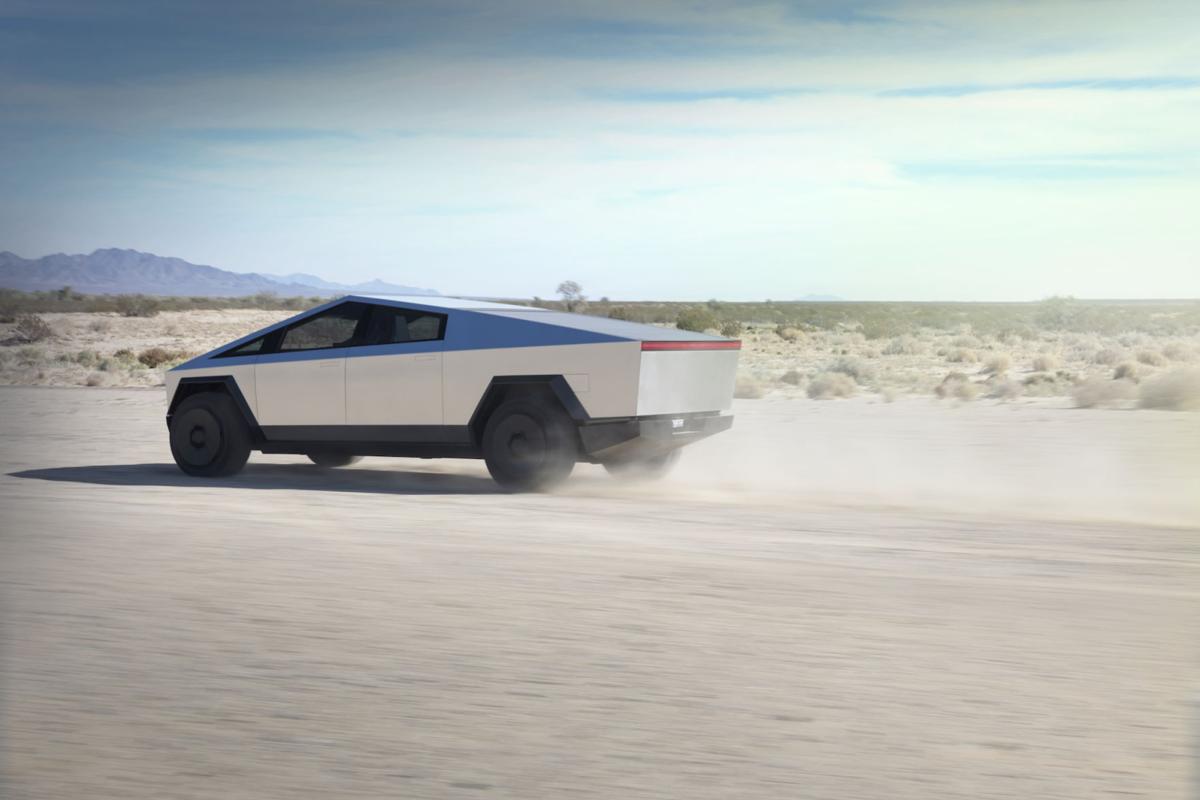It’s improbable that Main Street Motors or Milligan Motors will sell electric vehicles at any point soon. Be that as it may, electric cars, from the smooth Porsche Taycan Turbo to the more functional Chevy Bolt, have been visiting summer guests in Wallowa County.
All the more significantly for provincial Oregon, electric trucks that can tow 14,000 pounds worth of ponies or roughage, travel 500 miles on a single charge, and quicken from 0 to 60 mph in a head-snapping 2.9 seconds. Comparable vehicles are, as of now, not ready for creation.
Why electric vehicles? Since carbon outflows from gas and diesel-controlled vehicles contribute altogether to carbon dioxide in the air and subsequently to environmental change. Every gallon of fuel creates about 19.6 pounds of carbon dioxide. Every gallon of diesel fuel produces 22.4 pounds of CO2, as indicated by fuelecon.gov.
Particularly in Oregon and the Pacific Northwest, where over 60% of electric force originates from a mix of hydro, wind, biomass, geothermal and sun-powered, trading oil-based vehicles for electric ones can receive critical ozone-depleting substance emanations rewards. Lessening the typical yearly outflows per vehicle from more than 12,000 pounds to around 1,000 pounds, an 80% drop in CO2.
Less than 25 electric vehicles visited Wallowa County a year ago, as indicated by gauges by housing foundations that give charging stations. Nonetheless, rustic Oregon is in reality progressively arranged to fuel, if not administration, electric vehicles than it may appear. With charging stations in networks from Meacham to Sumpter to Dayville and in more significant systems in the middle also.
Two things drive the interest for electric vehicles: maintaining a strategic distance from the significant expense of oil-based powers and the longing for lower ozone harming substance emanations.
At present, with low costs for cutting and ensuing low expenses for gas and diesel, fuel costs are not all that high for most vehicle proprietors. Moreover, in Oregon, EV proprietors pay higher enrollment charges — $110 more every year to help thruway support—work financed through expenses of gas and diesel fuel.
Significantly, electric vehicles pay a considerable amount of the expenses, as indicated by the Oregon Constitution. “In a way that is reasonable and proportionate to the expenses caused for the thruway framework,” said David House, a representative for the Oregon Department of Transportation.

